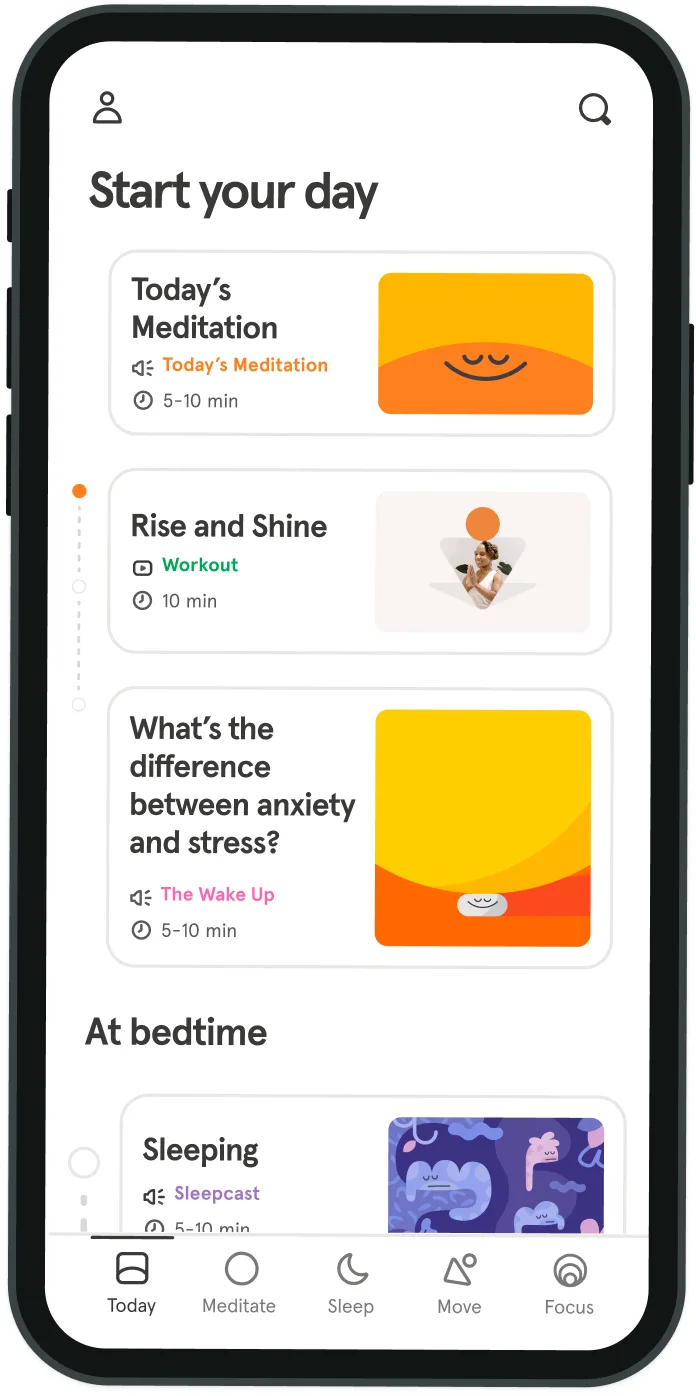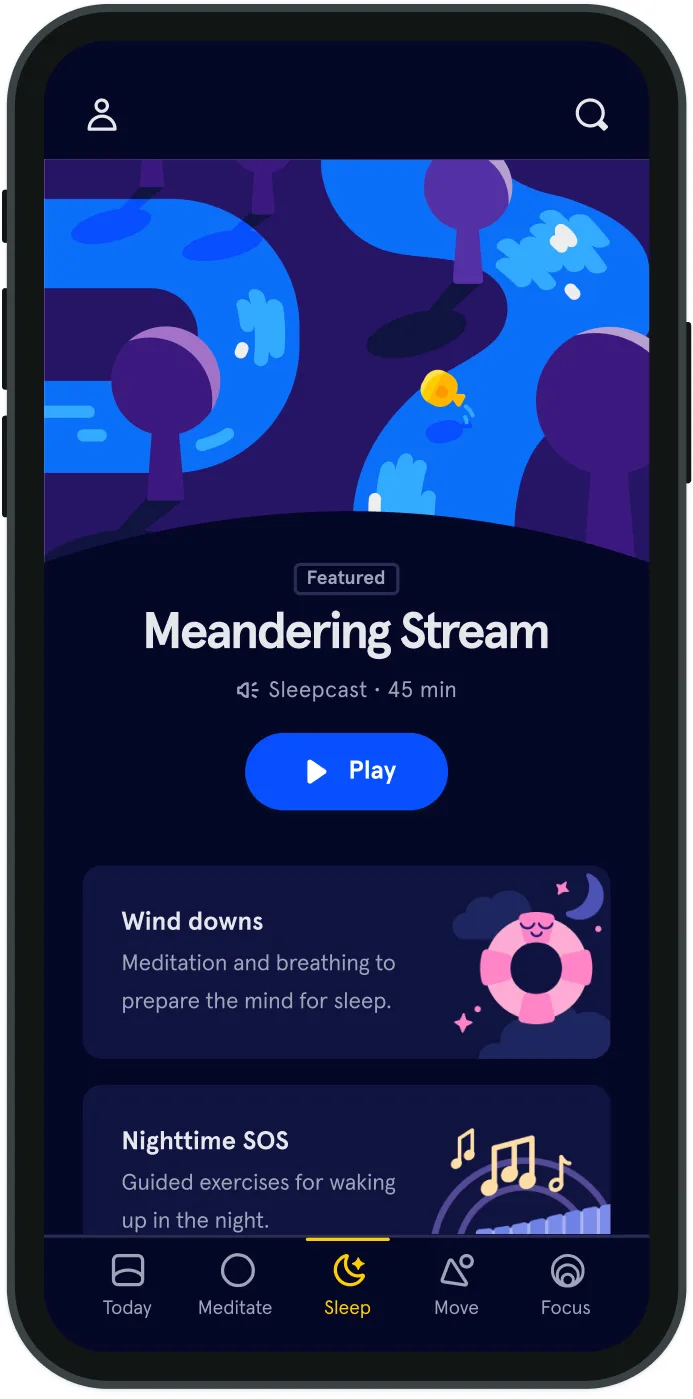The Ministry of Mindful Walking
Walking is a great way to integrate mindfulness into your everyday life and has been practiced as a meditative technique for thousands of years. But in everyday life, walking is usually an established and habituated action that requires very little concentration.
Walking is a great way to integrate mindfulness into your everyday life and has been practiced as a meditative technique for thousands of years. But in everyday life, walking is usually an established and habituated action that requires very little concentration.
Because of this, it’s almost become autonomous, and it’s easy to slip into a semi-conscious state of walking, where the legs are moving but the mind is thinking about something different altogether. Whatever it is that causes the mind to wander off, it’s a movement away from the present moment, away from the direct experience of life. It can sometimes feel as though we’re so busy remembering, planning and analyzing life that we forget to experience life – as it actually is, rather than how we think it should be. Below is an exercise in walking meditation, allowing you to become present and connect to what is happening in the here and now. And luckily, it’s perfectly suited to a busy life since you probably already walk a lot throughout the day anyway, so all you’re doing is directing the mind in a different way as you continue to do what you’ve always done. If you have the app, you can try our guided walking exercise here.
1. As you begin to walk, notice how the body feels. Does it feel heavy or light, stiff or relaxed? Don’t rush to answer the question, but take a few seconds to become aware of your posture and the way you’re carrying yourself. 2. Without trying to change the way you’re walking, simply observe how it feels. Just take a moment to observe it, to notice it. It’s quite common to feel self-conscious when you do this, but the feeling usually passes quite quickly. .jpg) 3. While you won’t need to think about the process of walking, you will need to be aware of what’s going on around you, so take care to notice cars, other people, road signals and the like as you’re doing the exercise. 4. Begin by noticing what you see going on around you. It might be people walking past, shop window displays, cars, advertisements and all the other things you’d expect to see around you. Notice the colours and shapes, the movement and perhaps the stillness too. There’s no need to actually think about what you’re seeing – simply to see it and acknowledge it is enough. Take about thirty seconds to do this.
3. While you won’t need to think about the process of walking, you will need to be aware of what’s going on around you, so take care to notice cars, other people, road signals and the like as you’re doing the exercise. 4. Begin by noticing what you see going on around you. It might be people walking past, shop window displays, cars, advertisements and all the other things you’d expect to see around you. Notice the colours and shapes, the movement and perhaps the stillness too. There’s no need to actually think about what you’re seeing – simply to see it and acknowledge it is enough. Take about thirty seconds to do this.  5. Then turn your attention to sounds – what can you hear? Without getting caught up in thinking about the objects of sound, just take a moment to be aware of them, as though they are just coming and going in your field of awareness. Again, take about thirty seconds to do this.
5. Then turn your attention to sounds – what can you hear? Without getting caught up in thinking about the objects of sound, just take a moment to be aware of them, as though they are just coming and going in your field of awareness. Again, take about thirty seconds to do this.  6. Next turn your attention to smells for thirty seconds or so, some of which may be pleasant while others might be positively unpleasant. Notice how the mind habitually wants to create a story out of each of the smells, how it reminds you of somewhere, something or someone. 7. Finally, make a point of noticing any physical sensations or feelings. Perhaps it’s the feeling of warm sunshine, cool rain or a cold breeze. Perhaps it’s the sensation of the soles of the feet touching the ground with each step, or the weight of the arms swinging at your side. The intention is to simply acknowledge the sensations for thirty seconds or so, without feeling the need to get involved in thinking about the feelings.
6. Next turn your attention to smells for thirty seconds or so, some of which may be pleasant while others might be positively unpleasant. Notice how the mind habitually wants to create a story out of each of the smells, how it reminds you of somewhere, something or someone. 7. Finally, make a point of noticing any physical sensations or feelings. Perhaps it’s the feeling of warm sunshine, cool rain or a cold breeze. Perhaps it’s the sensation of the soles of the feet touching the ground with each step, or the weight of the arms swinging at your side. The intention is to simply acknowledge the sensations for thirty seconds or so, without feeling the need to get involved in thinking about the feelings.  8. As you continue to walk, don’t try to prevent any of these things from entering your field of awareness – simply notice as they come and go, how one thing is constantly being replaced by the next. 9. After a minute or two, gently shift your attention to the sensation of movement in the body. Notice how the weight shifts from the right side to the left side and then back again, usually in quite a steady rhythm. Try to avoid artificially adjusting your speed or trying to walk at a certain pace. Instead, observe the way you walk and the rhythm you’ve become accustomed to. It may well be that as a result of doing this exercise you choose to walk a little more slowly in future. 10. Use the rhythm of the walking, the physical sensation of the soles of the feet touching the ground, as your base of awareness, a place you can mentally come back to once you realise the mind has wandered off. This is the equivalent of the rising and falling sensation of the breath when you do your sitting meditation.
8. As you continue to walk, don’t try to prevent any of these things from entering your field of awareness – simply notice as they come and go, how one thing is constantly being replaced by the next. 9. After a minute or two, gently shift your attention to the sensation of movement in the body. Notice how the weight shifts from the right side to the left side and then back again, usually in quite a steady rhythm. Try to avoid artificially adjusting your speed or trying to walk at a certain pace. Instead, observe the way you walk and the rhythm you’ve become accustomed to. It may well be that as a result of doing this exercise you choose to walk a little more slowly in future. 10. Use the rhythm of the walking, the physical sensation of the soles of the feet touching the ground, as your base of awareness, a place you can mentally come back to once you realise the mind has wandered off. This is the equivalent of the rising and falling sensation of the breath when you do your sitting meditation.  11. There’s no need to focus so intently that you start to exclude everything around you. In fact, be open to things happening around you and, when you know the mind has wandered off, just gently bring the attention back to the movement of the body and the sensation of the soles of the feet striking the ground each time. 12. Now because you’ll be more present, more aware, it’s quite likely that your mental habits (your usual ways of thinking) will also become more apparent. Usually, we’re so caught up in the thoughts themselves, that we hardly notice our reactions to all these things. For example, how do you feel when the rhythm is broken by a red pedestrian light, and you are forced to stand and wait to resume walking? Is there a feeling of impatience, of wanting to move, to get on? Do you find yourself jockeying for position with other people? Or perhaps you might feel a sense of relief at the opportunity of being able to rest for a few seconds. Top tips:
11. There’s no need to focus so intently that you start to exclude everything around you. In fact, be open to things happening around you and, when you know the mind has wandered off, just gently bring the attention back to the movement of the body and the sensation of the soles of the feet striking the ground each time. 12. Now because you’ll be more present, more aware, it’s quite likely that your mental habits (your usual ways of thinking) will also become more apparent. Usually, we’re so caught up in the thoughts themselves, that we hardly notice our reactions to all these things. For example, how do you feel when the rhythm is broken by a red pedestrian light, and you are forced to stand and wait to resume walking? Is there a feeling of impatience, of wanting to move, to get on? Do you find yourself jockeying for position with other people? Or perhaps you might feel a sense of relief at the opportunity of being able to rest for a few seconds. Top tips:
- You might find it helpful to break this technique down into sections. For example, if you need to walk from A to B, and that walk is going to take ten or fifteen minutes, then it’s best to do it on a street-by-street basis. At the beginning of each street, remind yourself of your intention to walk, free from distraction, until you reach the end of that street. As soon as you realise the mind has wandered off, just gently bring the attention back to the sensation on the soles of the feet. When you get to the end of that street, start again, as though it’s a new exercise each time. This can make it feel much more manageable.
- If you’re fortunate enough to live close to a park, a river or some kind of pleasant outdoor space, then it’s a good idea to try the technique in that environment too. There’ll be much less external distraction in these areas, and this can change the way the exercise feels. It can also be useful in terms of knowing how your mind works differently in these contrasting environments.



Be kind to your mind
- Access the full library of 500+ meditations on everything from stress, to resilience, to compassion
- Put your mind to bed with sleep sounds, music, and wind-down exercises
- Make mindfulness a part of your daily routine with tension-releasing workouts, relaxing yoga, Focus music playlists, and more
Meditation and mindfulness for any mind, any mood, any goal

Stay in the loop
Be the first to get updates on our latest content, special offers, and new features.
By signing up, you’re agreeing to receive marketing emails from Headspace. You can unsubscribe at any time. For more details, check out our Privacy Policy.
- © 2025 Headspace Inc.
- Terms & conditions
- Privacy policy
- Consumer Health Data
- Your privacy choices
- CA Privacy Notice
